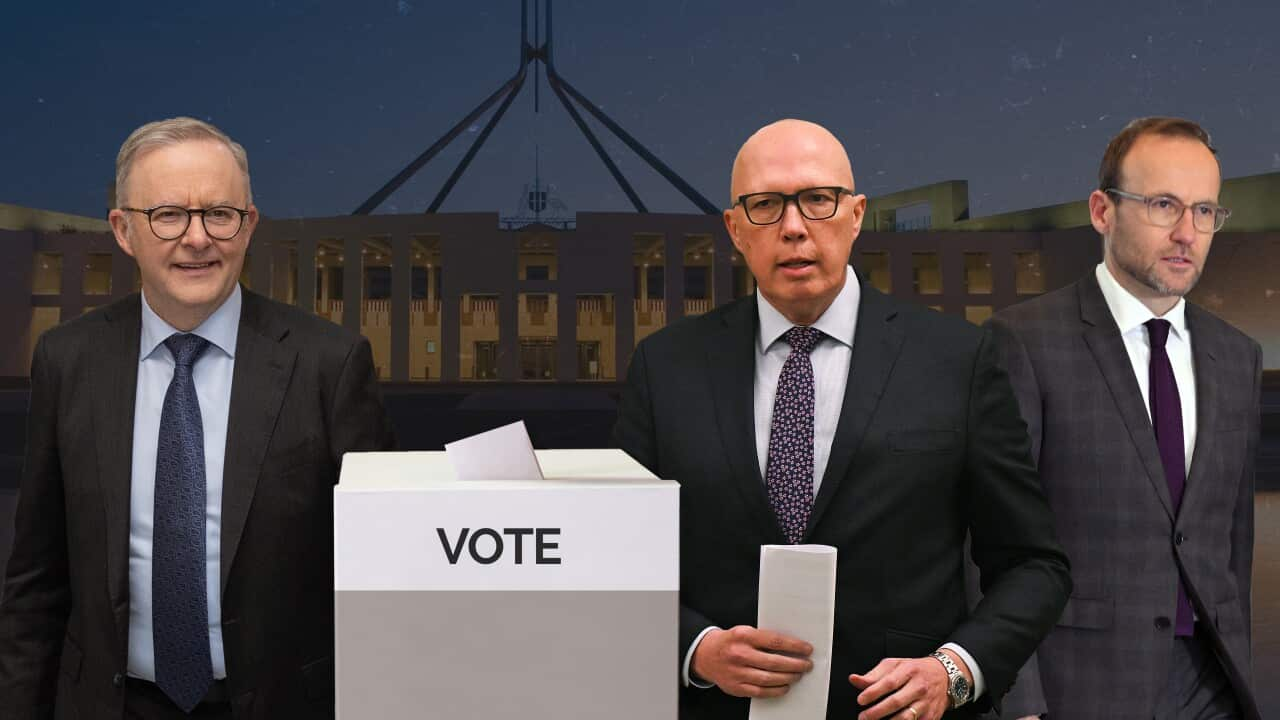KEY POINTS
- Labor could soon have a trigger for a double dissolution election.
- Double dissolutions are different than normal elections, and a major risk for sitting governments.
- There have been seven in Australian history, with mixed results for the governments that called them.
Labor has brought its Housing Australia Future Fund (HAFF) back to parliament, but a deadlock over the bill shows no signs of ending.
That's sparked talk of a double dissolution election.
“I’d rather not have it. I’d rather have this policy passed,” Prime Minister Anthony Albanese said this week.
But he isn't ruling it out either.
So why are double dissolution elections different, why are they called, and who do they normally help?
Here's what you need to know.
What is a double dissolution election?
In a normal election, every seat in the House of Representatives, but only half the Senate, is contested.
Senators are on six-year terms, and they typically only face their voters every second federal election.

The entire House of Representatives is up for grabs in a normal election, but only half the Senate.
Spare a thought for senators two years into a six-year term, whose job is suddenly under threat.
Why do double dissolutions get called?
They're meant to be a circuit breaker.
The number of MPs that parties secure in the House of Representatives determines who forms government.
And the government almost always has a majority in the House of Representatives, meaning it's a foregone conclusion that bills will pass there.
But it's a different story in the Senate, where the government rarely has a majority.
So when there's a deadlock between those two chambers, it can create the conditions for a double dissolution.
What needs to happen first?
The Senate needs to reject a bill that has passed the House of Representatives twice, and those rejections need to be at least three months apart.
That creates what's called a double dissolution 'trigger', but the government doesn't need to pull it immediately.

A trigger occurs when the Senate rejects a bill passed by the House of Representatives twice, at least three months apart.
In this context, that means the latest it could be called would be the end of March 2025.
Why the talk now?
Those conditions are starting to become a reality.
The Greens delayed a vote on the HAFF when parliament last sat in June, and Albanese considers that rejection number one, meaning Labor is halfway to its trigger.
If the Greens and Coalition reject the HAFF again in October, the trigger's there.
Why do governments like a trigger?
They're politically convenient.
Governments like to have a trigger in their back pocket; it's a nice option to have, but there's no obligation to actually pull it.

Anthony Albanese says a double dissolution isn't his preference, but he's not ruling it out either. Source: AAP / Lukas Coch
And if the government of the day is riding high in the polls, they have a better chance of winning control of the Senate if all its seats are up for grabs.
Do they normally work?
It's a mixed bag.
There have been seven double dissolution elections in Australian history, and only once did the government of the day gain control over the Senate.
In three instances, the situation remained essentially the same, although Malcolm Turnbull suffered a dramatic loss in seats at the last double dissolution in 2016.

Double dissolutions have been a mixed bag in terms of results.
And 1975 was an aberration.
Gough Whitlam had been dismissed, and replaced by caretaker prime minister Malcolm Fraser. Whitlam didn't want the double dissolution, but the vote confirmed Fraser as Australia's leader.









